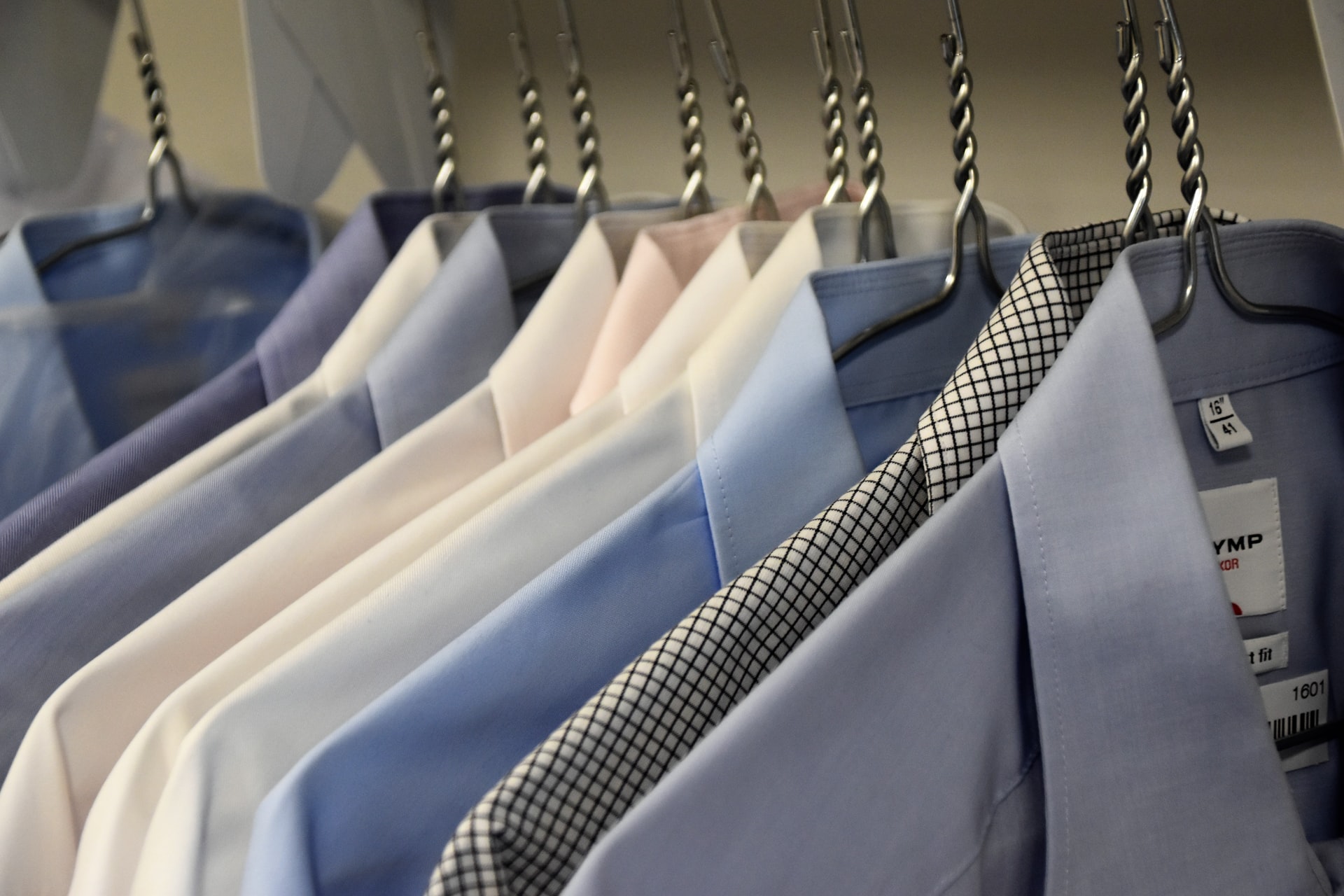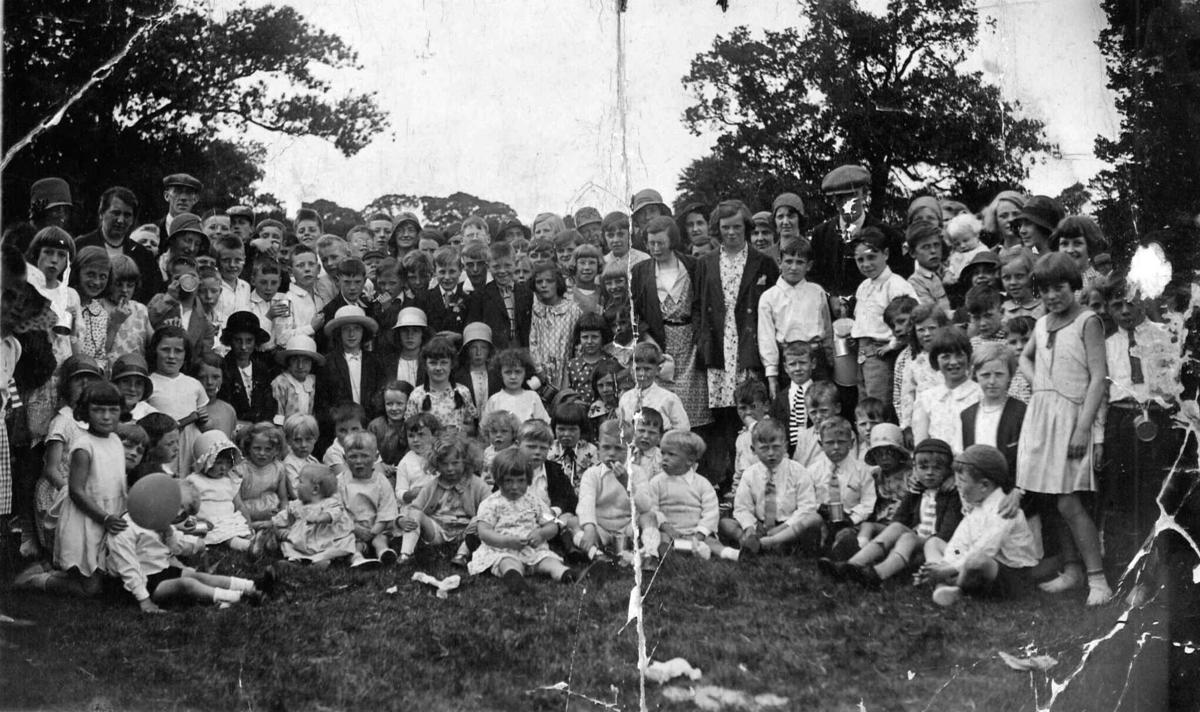Denny was once a major hub for paper making, with numerous paper mills employing hundreds of locals. This story considers the history of paper making in Denny and the people and mills involved.
The History of Making Paper in Scotland
Denny emerged as a settlement on the south bank of the River Carron, which powered the mills of local farmers and helped convert locally grown flax into linen (Scott). Over the years the area was a hub for calico printing (making colourful textiles), producing woollen shawls and tartan textiles, iron and brick foundries, and mining (Scott). Perhaps the most significant industry in the area was paper making. Several local paper mills employed hundreds of men and women, used the Carron’s soft water, and made Denny one of the most important paper-making centres in Scotland (Scott).
Paper mills used water both as a source of power and to treat fibres. A one-vat mill could produce two to three hundredweight of paper per week on average (Rodger). A water wheel powered a main shaft which lifted and dropped stampers to break down rotten rags in pulping troughs. The papermaking process involved “vatmen” dipping wire moulds into a vat of pulp and shaking out excess water to form matted sheets. Then the “coucher” and “levermen” transferred the sheets to a felt blanket where surplus water could be pressed out. The sheets of paper were then hung up to be dried, sized, finished, cut and parcelled for sale (Rodger).
The newspaper and publishing industries expanded with the rise of literacy. New paper machines and improved technology increased output to meet demand: the Hollander (or beating engine) and the Fourdrinier machine revolutionised the industry (Rodger). Nicholas Louis Robert invented the Fourdrinier in 1799 and the English Patent was taken out in 1801. The machine could produce a continuous web of paper 24 inches wide and up to 15 yards long (Rodger). Paper production reached roughly 20 tonnes per week by the 1870s. By 1890, the number of mills in Scotland peaked, with 69 in operation (Rodger).
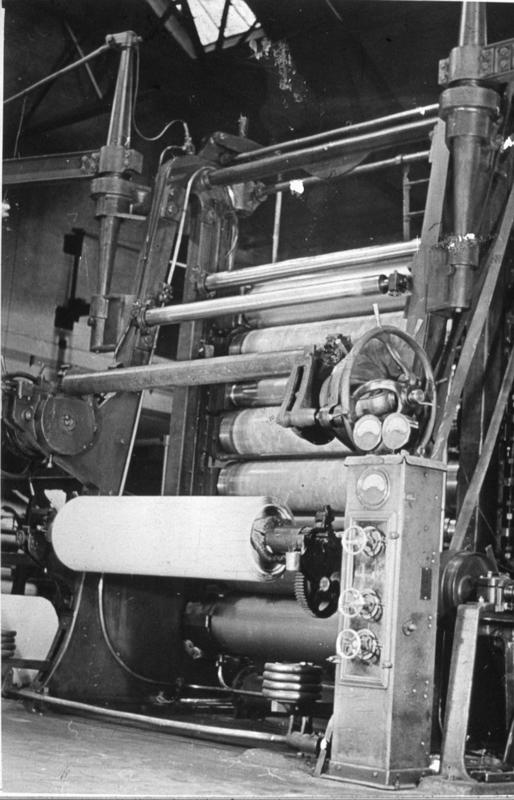

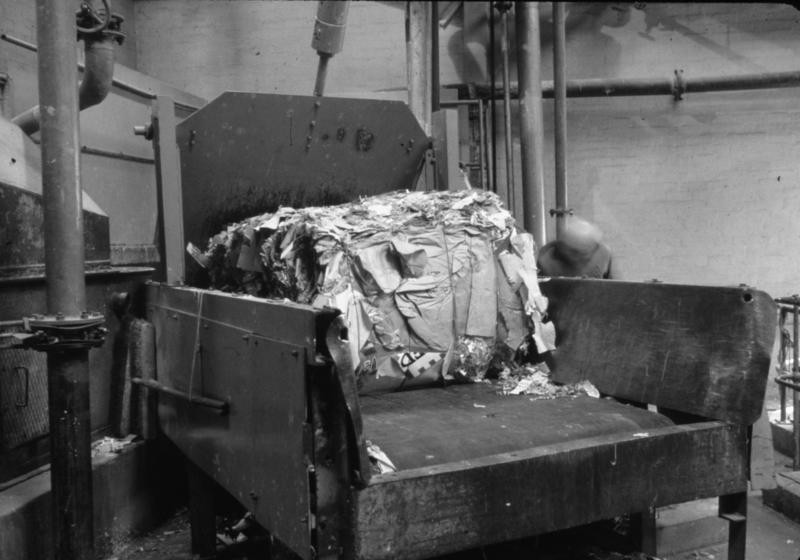

Paper Mills in Denny
In 1788, William Moreland established the earliest paper mill in Denny, Herbertshire Mill, where workers made paper by hand. In 1825, Gavin Glenny established Carrongrove Mill just West of Denny near the village of Fankerton. The mill passed through the ownership of many men. It was bought by Robert Lusk in 1833, Robert MacRobbie in 1841, inherited by John MacRobbie in 1851, sold to Robert Weir in 1858, and to John Millar in 1867. Herbertshire Mill specialised in high quality writing paper while Carrongrove made mill-board and coarse paper. New mills appeared along the length of the river and by the end of the century there were half a dozen mills in operation locally (Denny and Dunipace Heritage Society).
Headswood paper mill on Falkirk Road produced board. It closed in the late 1970s because the market for board shrank. The site now houses industrial units. The Vale paper mill produced board and also closed in the late 1970s. The Anchor, adjacent to the Anchor Inn, Dunipace, was owned by Alexander James and Robert Lusk. They combined these three paper mills – The Anchor, Headswood and The Vale – under the flag of The Vale Paper Mills. Other mills listed on the Denny and Dunipace Heritage Society site include Stoneywood paper mill, at Wester Stoneywood, which closed in the late 1980s, and Stripeside, which became Custonhall Chemical Works.
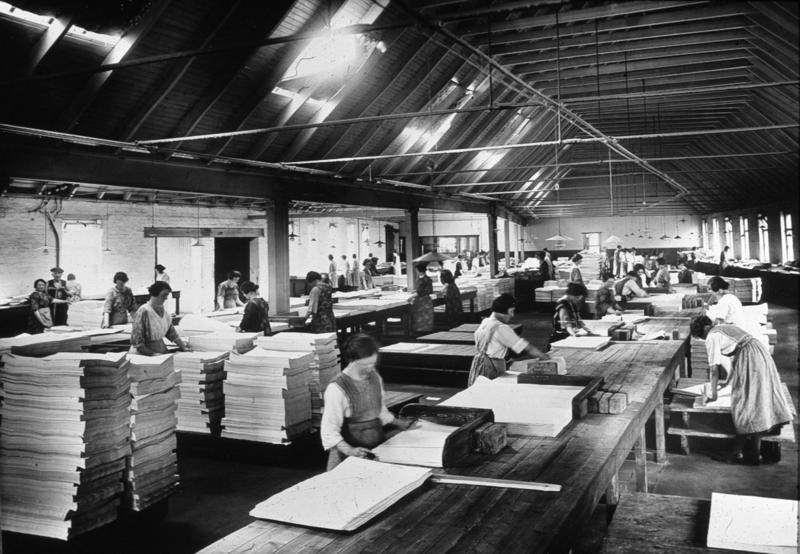

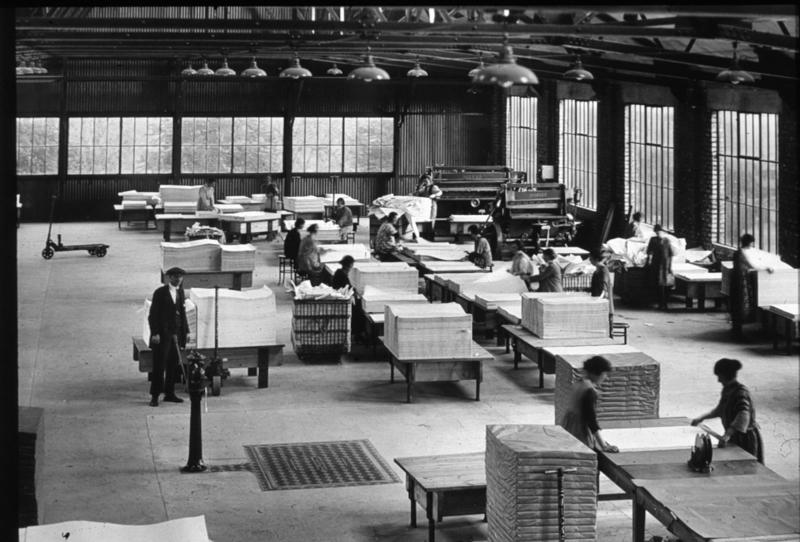

Glencarron and the Duncans
According to local historian Geoff Bailey, the original residence for the manager of Herbertshire Paper Mill was Glen House which stood right by the mill. Glen House was a typical two-storey stone building had a courtyard surrounded by offices and stables to the north. In 1860, Andrew Duncan, who owned the mill and house, acquired more land and built a grand mansion, Glencarron, which opened in 1862. It was designed in the Tudor Gothic style by architect Andrew Heiton Junior of Perth and Dundee. After his death, Duncan’s son Alexander, and then Alexander’s brother Walter, ran Herbertshire Mill and Glencarron House. In 1879, Alexander Duncan and Sons took over the neighbouring Stoneywood woollen and dyewood mill and converted it into a second paper mill (Bailey).
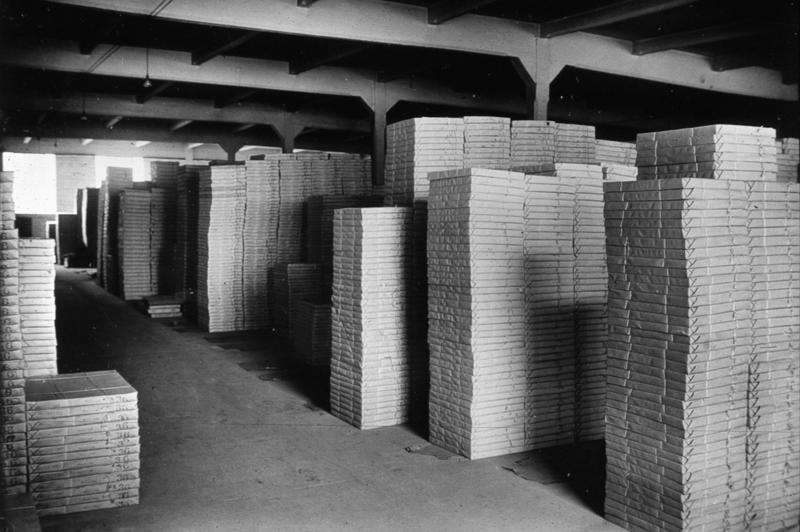

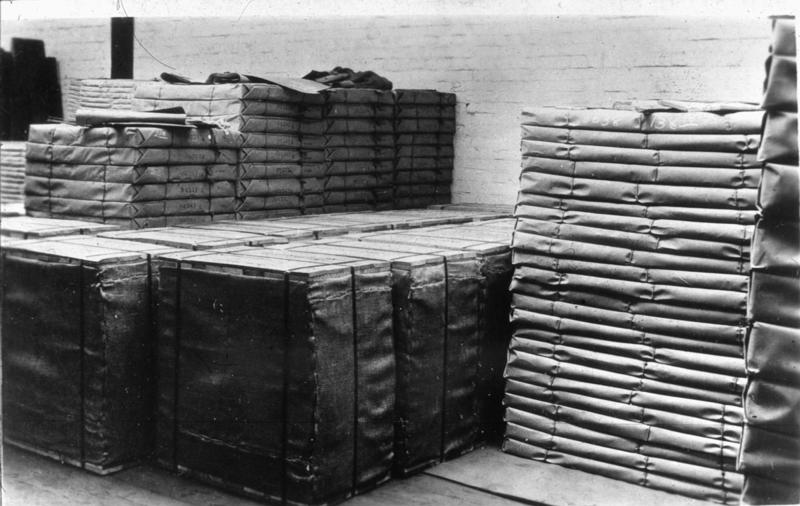

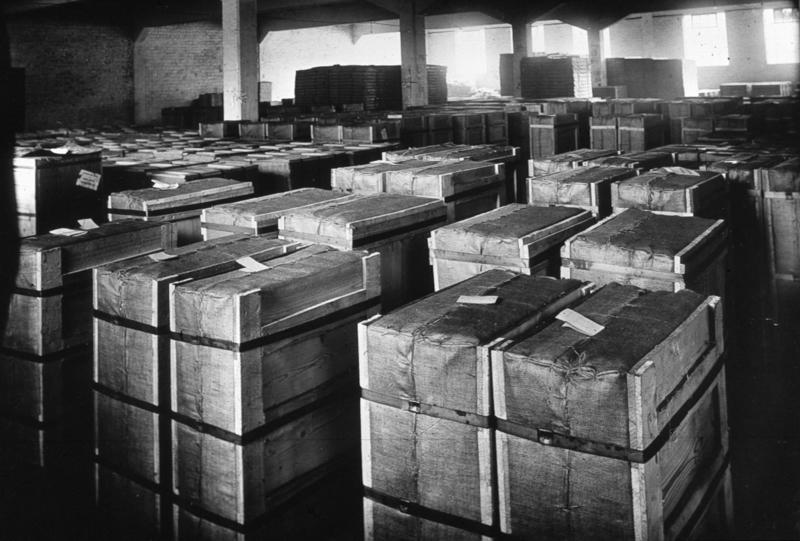

The Collins Family
John Collins, Walter Duncan’s brother in-law, managed Stoneywood and Herbertshire Mill. In 1886, Collins decided that Glencarron was no longer fit to live in because the water supply was being polluted by the paper mills. He hosted a leaving party there that August, inviting his Stoneywood and Herbertshire workers to enjoy the Denny Brass Band, dancing, athletic sports, races and tugs of war. The Duncan family sold Herbertshire Paper Works and Glencarron House and grounds that December, for the upset price of £14,750, to John Collins’s father, Glasgow provost Sir William Collins (Bailey).
Two years later, John Collins and his family connected Glencarron House to the mains water supply and moved back in. They formed a new company: John Collins & Co Ltd, with the two mills placed under one ownership. Each Christmas John Collins held an annual soiree and concert for his Stoneywood and Herbertshire paper mill employees in the New Public Hall, Denny. He also established Denny and Dunipace Cottage Hospital. John Collins died at Glencarron House on 4 February 1895 aged 38. His funeral was one of the largest ever attended in Denny (Bailey).
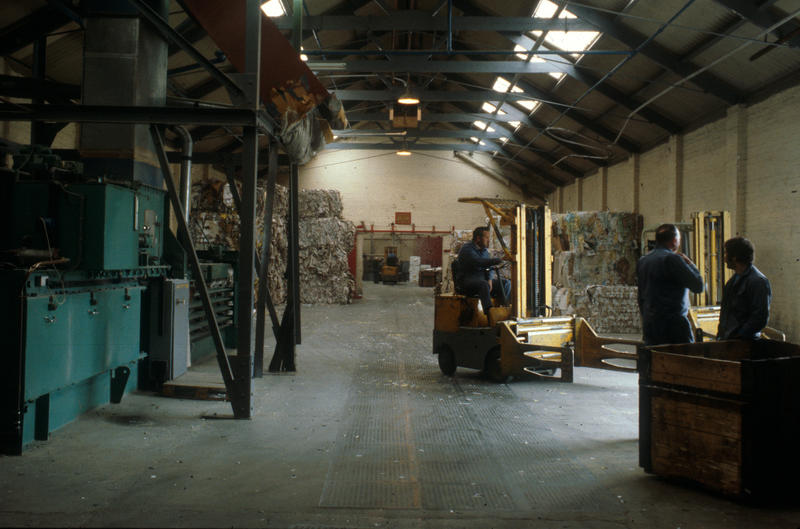

From the Twentieth Century to Today
In 1906, the Carrongrove Paper Company bought out John Collins & Company. In 1908, when Carrongrove Paper Works expanded, Herbertshire Mill and Glen House were demolished. Soon after, railway lines were laid through the grounds. The manager, William Wallace, did not need Glencarron House as he lived in a mansion nearby, so he converted the building into the offices of the expanded works, and renamed it Carronglen House and then Carrongrove House (Bailey).
Many of the men who worked in Denny’s paper mills served in the armed forces during the First World War. A phosphor-bronze plaque was placed in the entrance lobby of Carrongrove House to commemorate those who served: 22 who died and another 81 who returned (Bailey). The Carrongrove war memorial plaque was recently restored for the community and it is now located at the Carronbank House in Denny.
Carrongrove was the last paper mill left by 1974. It had become part of Inveresk Paper in 1924. Inveresk closed Carrongrove, its last Scottish paper mill in 2005/2006 (different sources give different dates), marking the end of two centuries of paper making in Denny (The Herald, Falkirk Council). The company stated that this was due to escalating operating costs and volatile currency exchange rates affecting exports. According to The Herald, they sold their Gemini paperboard brand name to Fife-based Tullis Russell for around £7m in order to tackle nearly £16m of debt. Over 95% of the former employees have since been re-employed within Central Scotland (Falkirk Council). Mactaggart & Mickel Homes bought the Carrongrove site. The mill buildings were demolished and replaced by new housing. Carrongrove House is B listed and has been converted into flats.
By Saskia McCracken
